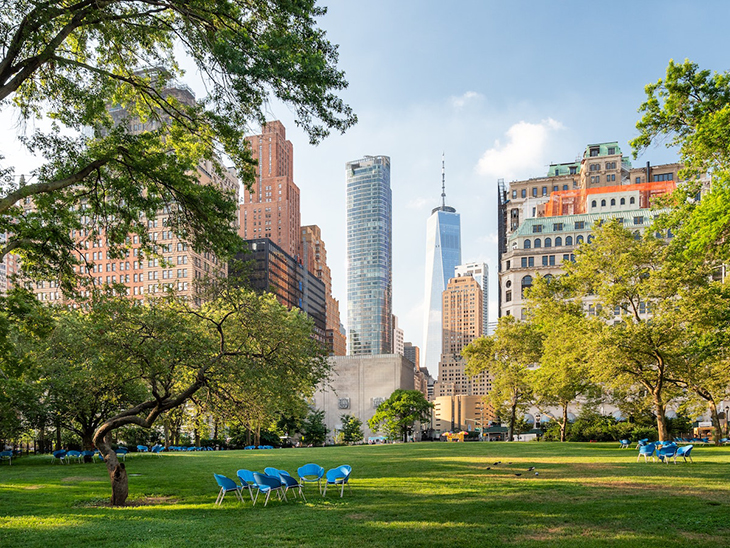
They say that visiting and staying in a local park, lake, or garden could really help those who are ill. This may be the perfect antidote, especially for those who live in cities and those who are far from nature. This was according to a recent study that hailed from Finland.
Researchers looked into the matter and they discovered that those who had visited nature had less needs for drugs that treat depression, anxiety, insomnia, high blood pressure, and asthma. They observed urban residents who often go to green spaces. Income or level of education didn’t matter.
The Finnish team that was behind the study said that the frequency of these visits to the urban green spaces was better than just looking at them from afar. The key was to actually be there.
Studies have been made about the same matter previously and these all suggested that exposure to natural environments is beneficial, especially when it comes to the person’s health and wellbeing. However, the evidence presented from these weren’t as consistent as they had hoped.
So, the Finnish team looked into the number of green and blue spaces (bodies of water) found in a community. They compared figures such as frequency of visits and the views of these kinds of spaces from the person’s home. They wanted to see if they were separately liked to the use of specific prescription meds.
To do this, they also picked out prescription meds as a proxy for failing health and those used to treat anxiety and insomnia, depression, high blood pressure, and asthma. These were done because people turn to these meds to address common yet potentially serious health problems that many of them have been diagnosed with.
Then, they interviewed a total of 16,000 randomly selected residents from Helsinki, Espoo, and Vantaa and recorded their response. The cities chosen made up the largest urban area found in Finland.
The collected all the information on how city dwellers that were 25 or older and how they are able to experience residential green and blue spaces that’s found within a one-kilometer radius from where they lived.
The participants were also asked to divulge details about their use of prescribed meds, many of which were mental health drugs to treat insomnia and depression. The list included meds for high blood pressure and asthma. The time frame given was within the past week, within the past year, or never.
The participants were then asked how if spent their time or exercised outdoors, in green spaces, particularly in May and September. They were given choices such as never to five or more times a week. They then reported if they were able to see green or blue spaces from their own homes. If they do, they were asked how often they looked at the views, with options varying from seldom or often.
Possible influential factors were also considered and these included outdoor air pollution and noise, and household income and educational attainment.
The findings of the study had been published last month in the journal Occupational and Environmental Medicine. Details showed that the number of green or blue spaces within the area, or the views from their homes were linked to the meds they took. However, the frequency of their visits did make an impact on their health.
Less than one weekly visit wasn’t as effective as going to these spots three or four times a week. They saw that those who had visited often had 33 percent lower chances of needing mental health meds, 36 percent lower chances of needing blood pressure meds, and 26 percent lower chances of needing using asthma meds. The equivalent numbers of going at least five times a week were as follows: 22 percent, 41 percent and 24 percent lower, respectively.
One similar study was made in Spain recently and the findings showed similar conclusions. They said that living near a leafy green area did cut the risk of a stroke by as much as 16 percent.
“The effects of visiting green spaces were stronger among those reporting the lowest annual household income,” Senior researcher Dr. Anu Turunen said. “But overall, the associations found did not depend on household income and educational attainment.”
“These observed associations were weakened when weight was factored in, particularly for asthma meds, as obesity is a known risk factor for asthma,” Turunen also said. She is from Finnish Institute for Health and Welfare.
Most Finnish cities are relatively green. This means that it’s actually easy for many, as long as they’re willing to do something about it, to use green spaces and go to them without too much of an effort.
“Mounting scientific evidence supporting the health benefits of nature exposure is likely to increase the supply of quality green spaces in urban environments and promote their active use. This might be one way to improve health and welfare in cities.”



